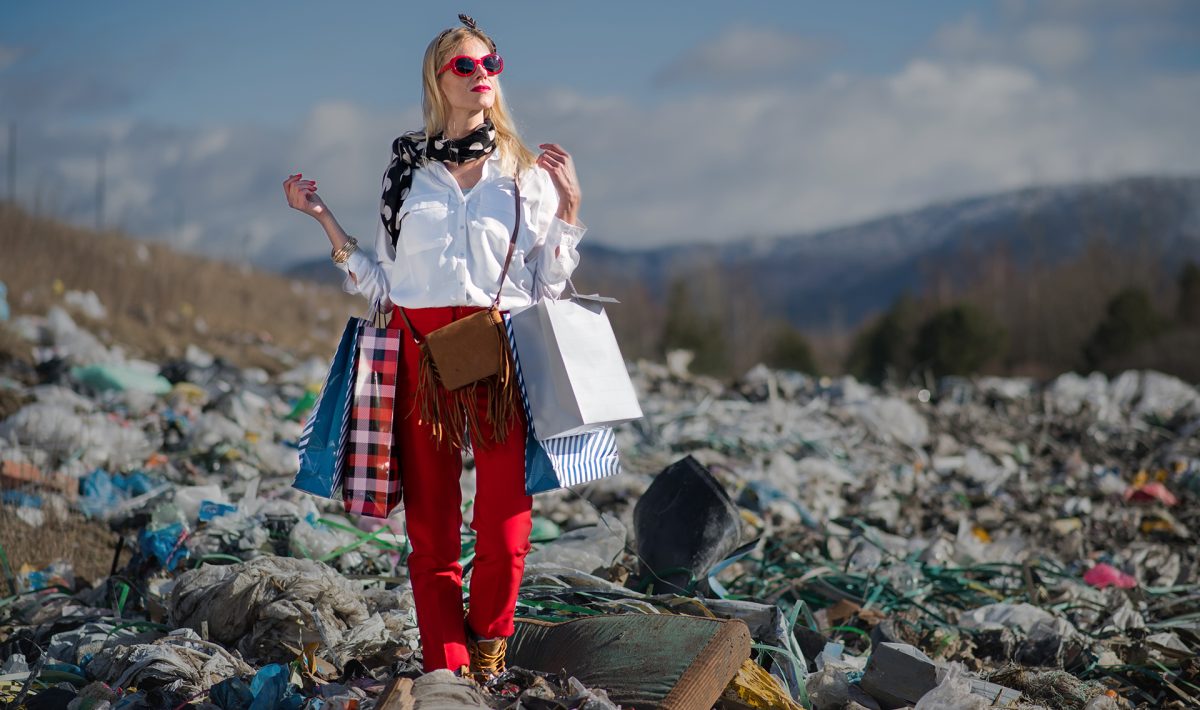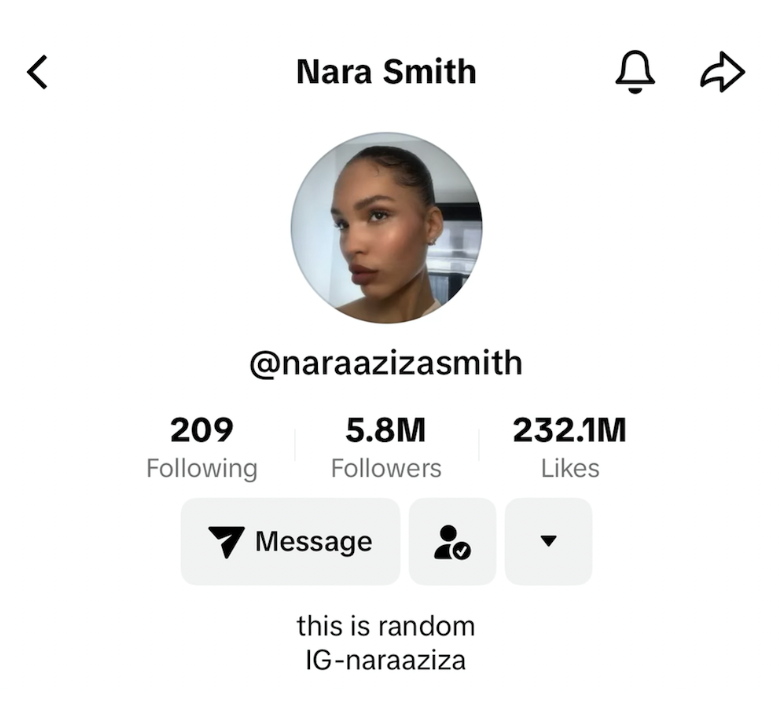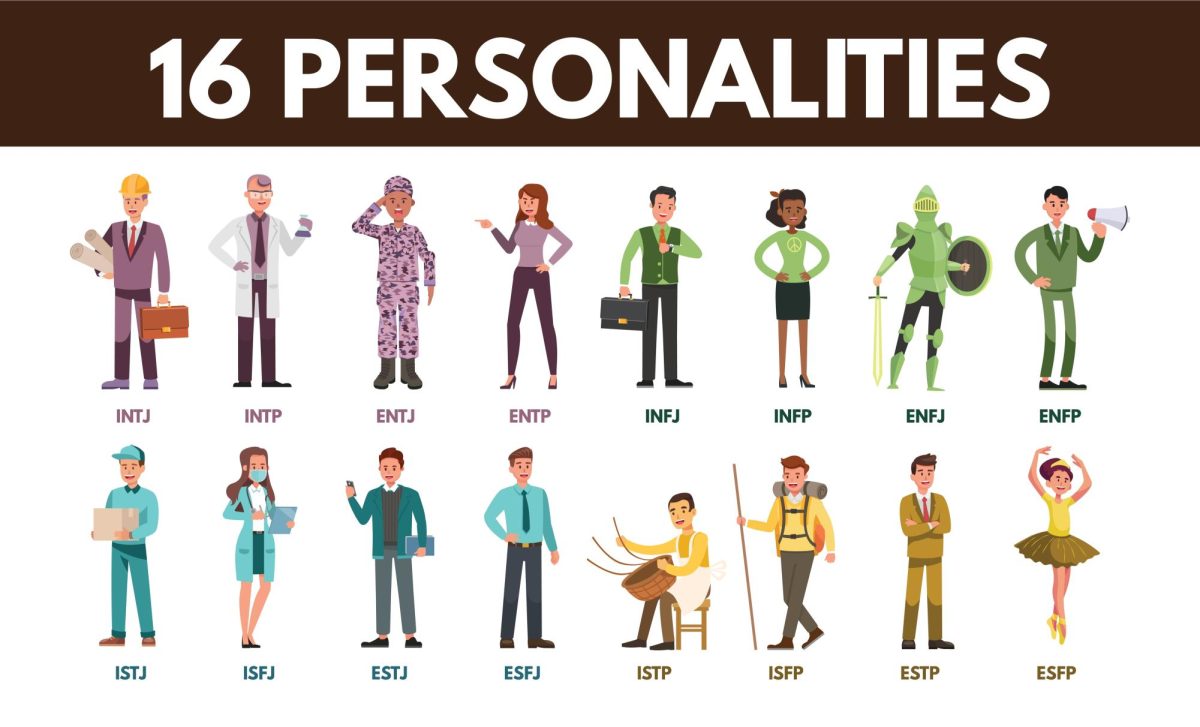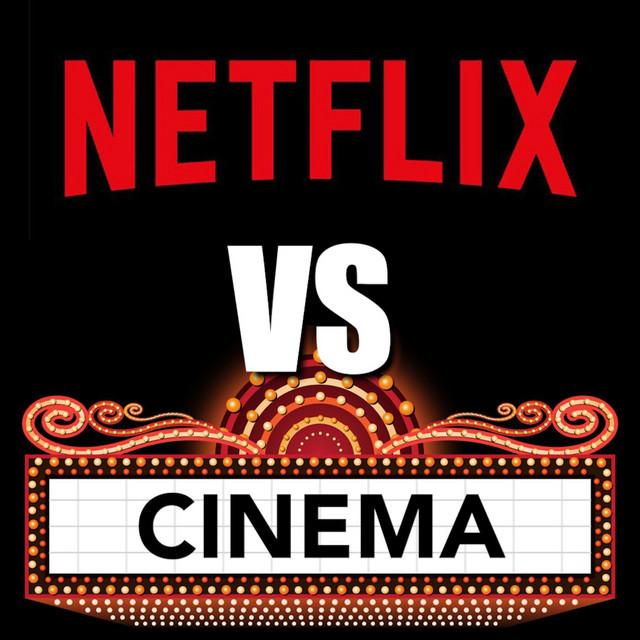Do you Really Need Another Stanley? How Social Media is Pushing Overconsumption onto our Upcoming Generations.
By Alexandra Leinberger
After a long day at school, you wind down by mindlessly scrolling on social media to take your mind off the day’s troubles. Chances are, you encounter a flashy advertisement, promoting some sort of brand new and revolutionary product you NEED to add to your collection! You think to yourself, buying this one thing can’t hurt, and before you know it, you’re falling down a rabbit hole of purchases. Thousands of others share your experience. In a recent survey documented by U.S. Bancorp, the fifth-largest banking institution in the United States, Americans experienced a 13% increase in consumer sentiment – an economic indicator measuring how optimistic consumers feel about their finances – in January 2024 alone.
TikTok is one of the greatest culprits for the recent increase in consumerism. While watching TikTok, you may have noticed a small shopping cart icon at the bottom left corner of the screen. Clicking it takes you to TikTok shop, the app’s version of Amazon, displaying arrays of the same flashy items. For many, this button makes its way to the screen of almost every video they see on the For You Page, pushing product after product to their attention. By promoting “innovative,” “cheap,” and “trendy” products, TikTok, one of the world’s most popular social media platforms, practically drowns users in consumerism through microtrends.
One product making its rounds on TikTok is the Stanley cup, a stainless steel water bottle. For an item so basic, Stanleys have taken the app by storm with their main appeal being reusability and revered quality. This cup seems to have hypnotized people across the app, essentially creating a culture of its own in its marketing. When asked about the popularity of the Stanley water bottle at Greeley, sophomore Rhea Narayanan stated that she “sees them every day, especially on social media.”
This obsession surrounding a simple cup has gone so far that some people have acquired entire collections of Stanleys. When Stanley released a new series of Valentine’s-day-themed water bottles in collaboration with Starbucks, hordes of obsessed devotees flooded Targets just to get their hands on one, to the point where violence broke out. Amongst all of this, the marketing point of Stanley itself—its reusability—is irrelevant when most of the time consumers leave the cup to sit on a shelf and gather dust as a collectible rather than a functioning item.
Skincare products exhibit a similarly rapidly growing popularity on social media, particularly among younger audiences. People frequently flock to Sephora, selling out whichever product is popular at the moment, and documenting their collections on TikTok for others to yearn for. Most of these products are very expensive, with a 0.7 oz lip mask from Laneige, one of the targeted commodities, going for $24. Moreover, these skincare products only have a shelf life of around 6 months, so most of these products often end up in the trash bins with minimal use by their expiration date.
Many of these skincare products are targeted toward younger people, typically middle and high school students. While it’s healthy and even recommended, to maintain a healthy skincare routine from an early age, obsession can become dangerous when students go above and beyond just to obtain that “glass skin” look, as coined on TikTok. In fact, in an interview with Health magazine, Dr. Michelle Green, a certified dermatologist, said, “A child’s skincare routine should be basic,” and explained how skincare products can be even harmful to children if they’re not intended for use by that age group. Overall, not only are these products overly expensive and last a very short time, but they are often harmful to their largest demographic of users.
Defined as the “excessive consumption or use of goods and services (energy, land, water or materials) that cause harm or detrimental effects to humans and/or the environment” by the European Environment Information and Observation Network, overconsumption has been a growing problem and it’s not a coincidence—social media is the root problem. As shown in a study performed by the University of Cambridge, social media advertising through influencer sponsorships is most effective on Gen Z’s buying habits. As people spend more time on social media, they are exposed to more and more advertisements and are influenced to buy as many products as they can, contributing to the ever-growing problem of overconsumption facing our maturing generations today.
But what pushes simple consumption past the threshold of what’s normal or healthy?
It’s completely normal to want to treat yourself every once in a while. Maybe you accomplished a goal you were working towards, or maybe you just had a bad week—a little self-care never hurt anybody. However, when this buying goes from a monthly or bi-weekly occurrence to a daily one, or these purchases cross the bounds of what’s healthy for you and your planet, it morphs into overconsumption.
It’s important to remember that overconsumption doesn’t just harm those buying products; it pollutes our world. According to EcoWatch, an environmental journalism organization, the human population’s consumption of Earth’s natural resources has tripled in the past 40 years. With more products being bought, more are also thrown to the landfills. Moreover, our consumerist culture has prompted the production of various products to skyrocket causing a much higher use of factories and therefore emissions being released into the atmosphere.
One of the most notable examples of environmental damage from high consumerism can be seen in fast fashion, particularly the clothing company Shein. With its factories pushing as much CO2 into the atmosphere as 180 coal power plants, Shein is the embodiment of the consequences of the overconsumption pandemic. Even so, it is only a piece of the puzzle of the plague of pollution caused by the fashion industry. With its constant churning of microtrends that consumers “NEED to buy!”, the fashion industry is responsible for 8-10% of global carbon emissions, as documented by the BBC. Unfortunately, recycling won’t even help this problem, as only 1% of recycled clothes will become new pieces. This means that the old T-shirt you bought on a whim in 2021 but haven’t worn since won’t be making its way into any more closets anytime soon.
The situation isn’t entirely hopeless, as there are still many things you can do to help save our planet and your life from the consequences of overconsumption. First, you can watch your purchasing habits. Stop yourself before making another purchase and reflect on whether you will put this item to use or if it will end up gathering dust on a shelf in a year or two. Second, try limiting your purchases to sustainable—or at the minimum—not outright fast fashion brands. Third, reuse the things you already own or share items with friends if possible.
Do what makes you happy. Just remember, too much of anything is bad for you. The next time you find yourself facing a colorful water bottle ad, ask yourself: “Do I really need another Stanley?”







